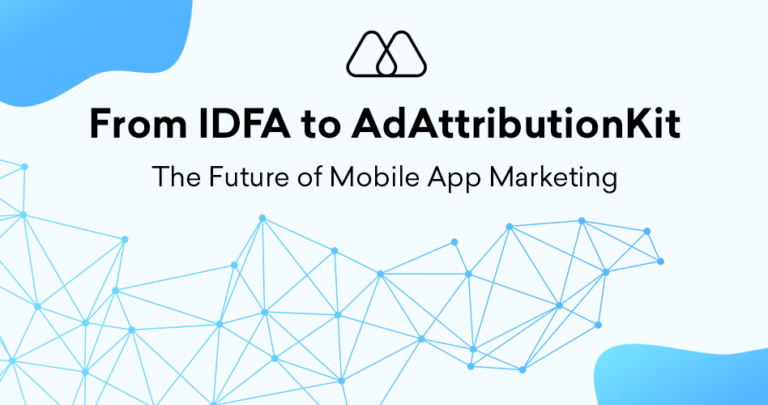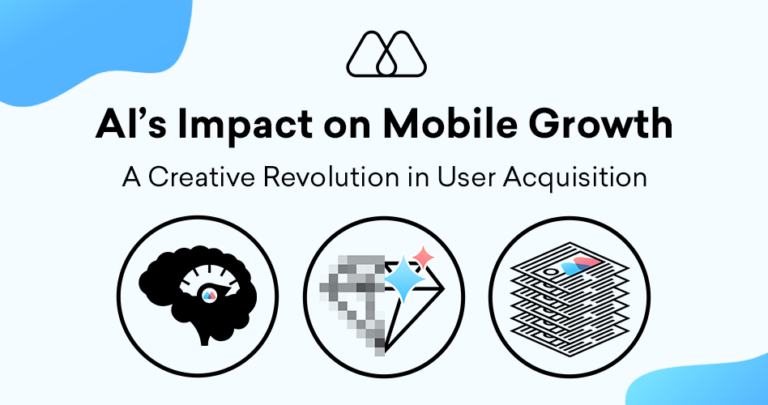In the dynamic world of mobile app marketing, reaching target audiences effectively with programmatic advertising requires a powerful toolset, like Demand Side Platform (DSP). The DSP emerges as a cornerstone technology, empowering app marketers to navigate the complex world of ad exchanges, inventory, and real-time bidding. This article delves into the intricacies of Demand Side Platforms within the mobile advertising landscape, exploring their functionalities, benefits, bidding strategies, and best practices for maximizing campaign performance for your mobile apps.
What is a Demand Side Platform (DSP)?
A Demand Side Platform (DSP) is a programmatic advertising technology specifically designed for advertisers. DSPs act as a central hub, enabling advertisers to purchase advertising inventory across various ad exchanges, Supply-Side Platforms (SSPs), and publishers through a unified user interface. Some examples include; The Trade Desk, a leading independent DSP known for its user-friendly interface and advanced targeting capabilities, AppLovin, a prominent DSP specifically focused on mobile in-app advertising, and Amazon DSP, a demand-side platform offered by Amazon, particularly valuable for reaching users within the Amazon ecosystem and those who have shown purchase intent on Amazon products.
Here’s a breakdown of the concept:
- Programmatic Buying: DSPs facilitate programmatic ad buying, an automated process where real-time auctions determine ad placements based on predefined targeting criteria and bidding strategies.
- Inventory Access: DSPs connect advertisers to a vast pool of mobile app inventory across various publishers and ad networks, offering a wider reach and more targeted audience segments.
- Campaign Management: The platform provides tools for managing advertising campaigns, setting budgets, targeting audiences, and analyzing campaign performance metrics.
Why Use a DSP for Mobile App Advertising?
For mobile app marketers, using a DSP offers significant advantages over traditional ad-buying methods. Here’s how leveraging a DSP can elevate your mobile app marketing strategy:
- Efficiency and Automation: DSPs automate repetitive tasks like ad placement bidding and optimization, freeing up your team’s time to focus on strategic campaign development.
- Targeted Audience Reach: Advanced targeting options within DSPs allow you to reach users with specific demographics, interests, and online behavior patterns, maximizing the impact of your ad spend.
- Real-Time Bidding and Optimization: DSPs facilitate real-time bidding for ad impressions, allowing you to compete for placements and potentially secure them at lower costs based on pre-determined bidding strategies and campaign goals.
- Data-Driven Insights and Analytics: DSPs provide comprehensive reporting and analytics dashboards, enabling you to monitor campaign performance, identify areas for improvement, and optimize your campaigns for better results.
5 Key Takeaways for Mastering Mobile App Advertising with a DSP
- Define Campaign Goals: Establish your goals for each mobile app advertising campaign. Are you aiming for app installs, ROAS, or retargeting existing users? Aligning goals with targeting options optimizes campaign performance.
- Leverage Audience Targeting: Explore the full potential of targeting features within your DSP. Utilize demographic, geographic, behavioral, and contextual targeting options to reach the most relevant users for your app.
- Implement Bidding Strategies: DSPs offer various bidding strategies like cost-per-click (CPC), cost-per-install (CPI), cost-per-action (CPA), and return-on-ad-spend (ROAS). Choose the bidding strategy that best aligns with your campaign goals and budget.
- Monitor and Analyze Performance: Always track key metrics like impressions, clicks, conversions, and cost metrics within your DSP. Analyze this data to identify optimization opportunities and refine your targeting, bidding strategies, and creatives for better results.
- A/B Test Ad Creatives: Utilize A/B testing functionalities within your DSP to compare various ad creatives and messaging. This data-driven approach helps you identify the ad variations that generate the best results for your target audience.
By harnessing the power of a Demand Side Platform (DSP), mobile app marketers gain a sophisticated toolset for navigating the complexities of programmatic advertising. Here’s how a data-driven approach to DSP utilization empowers your mobile app marketing strategy:
- Streamlined Campaign Management: Automate bidding & centralize campaign management, freeing up resources for strategic development.
- Targeted Audience Acquisition: Reach high-value users with laser focus through advanced targeting options, maximizing return on investment (ROI) for your money spent on advertising.
- Data-Driven Optimization: Gain real-time insights & continuously optimize campaigns based on performance data, ensuring you achieve your mobile app marketing goals.
In the competitive mobile app landscape, leveraging a Demand Side Platform (DSP) empowers you to execute data-driven, mobile app advertising campaigns that deliver exceptional results. By understanding DSP functionalities, implementing strategic targeting and bidding techniques, and exploring advanced features, you can unlock the true potential of programmatic advertising for your mobile app. This, in turn, fuels user acquisition, enhances user engagement, and positions your app for long-term success within the mobile advertising ecosystem.




